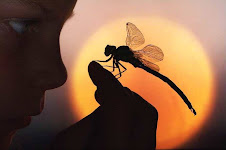Scientific inquiry is consider the diverse ways in wich scientists study the natural world and proposes explanations based on evidence they gather.
Posing questions
Scientific inquiry often begins with a problem or question about an observation. Curiosity plays a large role as well. The questions come from experiences that you have and from observations and inferences that you make.
Developing a hypothesis
The processes to try answer the question. The hypothesis is a possible explanation for a set of observations or answer to a scientific question. In science, a hypothesis must be testable. This means that researchers must be able to carry out investigations and gather evidence that will either support or disprove the hypothesis.
Design an experiment
Is for test your hypothesis, suppose observe all the factors in the experiment, this include the variables, or factors that can change in an experiment. An experiment in wich only one variable is manipulated at a time is called a controlled experiment. The one variable that is purposely changed to test a hypothesis is called manipulated variable. The factor that may change in response to the manipulated variable is called the responding variable. The operational definition is a statement that describes how to measure a particular variable or how to define a particular term.
Collect and interpret data.
Is to collect and explain different results. Data are the facts, figures, and other evidence to get through observations. A data table is an organized way to collect ad record observations, a graphic can help you interpret data.
Draw conclusions
Is a summary of what you have learned from an experiment and that evidence supports the original hypothesis.
Communicating
An important part of the scientific inquiry process. Is the sharing of ideas results and experimental findings with others through writing and speaking. Scientists share their ideas in many ways, meetings, exchange on the internet, and publish articles in scientific journals. The communicate expose their procedures in full detail so that other scientists can repeat their experiments.

No hay comentarios:
Publicar un comentario